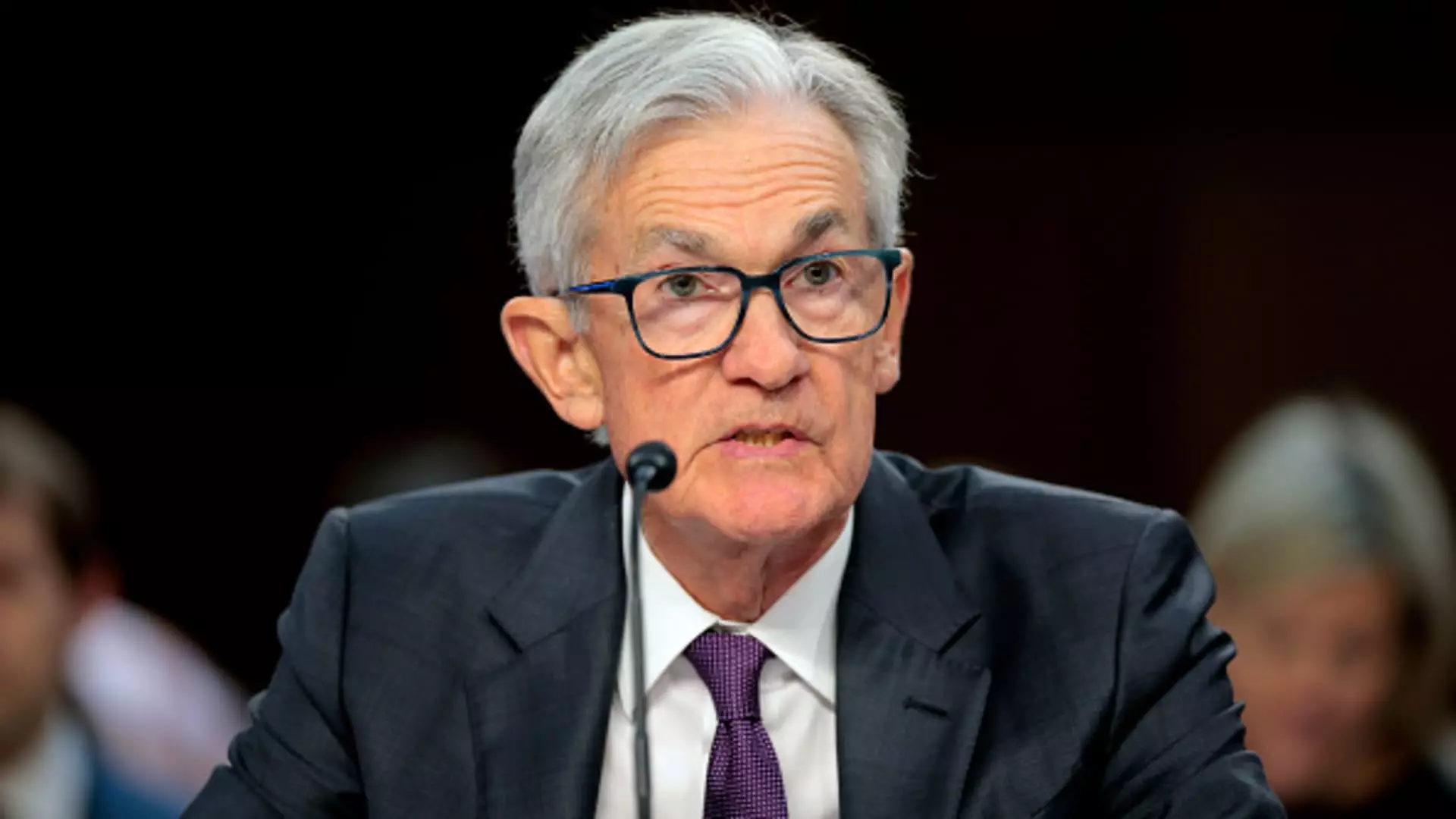The recent March CNBC Fed Survey reveals a precarious snapshot of America’s economic landscape, where the risk of recession has surged to 36%, marking an alarming increase from 23% just two months prior. This rapid shift in sentiment highlights the growing uncertainties that permeate the current fiscal environment. It’s clear that respondents—including fund managers and economic strategists—are grappling with a cocktail of concerns that extend far beyond mere inflation worries. Tariffs, particularly those instituted during the Trump administration, have taken center stage as the principal threat to economic stability. This shift in focus could be indicative of deeper systemic issues that threaten to unravel the economic gains made in recent years.
From Optimism to Pessimism: What Changed?
The commencement of President Trump’s term initially kindled a wave of optimism, with forecasts reflecting a strong revitalization of economic growth. However, as trade policies, particularly tariffs, have continued to evolve—often in unpredictable ways—this optimism has gradually morphed into caution. Observations from analysts like Barry Knapp of Ironsides Macroeconomics elucidate this sentiment, noting a growing consensus among investors that the administration’s trade policies are not merely a nuisance; they are a significant economic threat. This transition from a mere “soft patch” to concerns of a substantial recession speaks volumes about the fragility of market confidence and the volatility that accompanies unconventional economic policy.
GDP Projections: A Stark Downward Revision
The latest forecasts show an unsettling decline in the anticipated GDP growth rate for 2025, from a promising 2.4% to a meager 1.7%. Such sharp markdowns don’t just indicate a momentary setback; they signal a fundamental recalibration of expectations as financial analysts acknowledge the broader implications of fiscal instability. The economic landscape appears even bleaker when considering comments from Neil Dutta of Renaissance Macro Research, who suggests that consumer spending faces increasing risks leaning towards stagnation. With a frozen housing market and diminished state spending spelled into the mix, the road to recovery sharply narrows, plunging the economy into a precarious balance of growth and decline.
The Fed’s Tightrope Walk: Navigating Policy Pitfalls
With inflation on the rise and growth projections waning, the Federal Reserve finds itself in an acute dilemma. While many analysts expect rate cuts in the near future, the fear of triggering inflationary spikes persists. An unusual scenario unfolds where over two-thirds of respondents perceive tariffs as initially inflationary, yet likely to lead to a saturated price market rather than a prolonged inflation fallout. This belief underlies the predictions that rate cuts may be both necessary and justified in response to a slowing economy. However, Fed Chair Jerome Powell’s trajectory becomes complicated by the ever-present threat of tariffs—a looming concern that might necessitate hasty decisions. As Peter Boockvar aptly notes, monetary policy is dogged by fiscal uncertainties, leaving Powell ‘stuck’ between managing inflation, growth, and tariff-induced complexities.
The Consequences of Trade Policy: A Broader Implication
Over 70% of survey participants assert that tariffs are detrimental not just to inflation, but fundamentally to job creation and overall economic growth. There exists a dissonance in perspectives, with some expressing confidence that tariffs could actually catalyze increased manufacturing output—a notion that seems overly optimistic given the broader economic indicators. With significant percentages of respondents acknowledging the negative impacts of government budget cuts and immigration policies alongside trade tensions, it is becoming increasingly apparent that the current direction of fiscal policy could have dire effects on job stability and overall economic health.
This tumultuous landscape starkly underscores that the road ahead is fraught with complexity, necessitating a nuanced understanding of both domestic and global economic dynamics. As the economic environment continues to fluctuate, the implications of tariff policies and government strategy are bound to shape the contours of America’s economic future.

